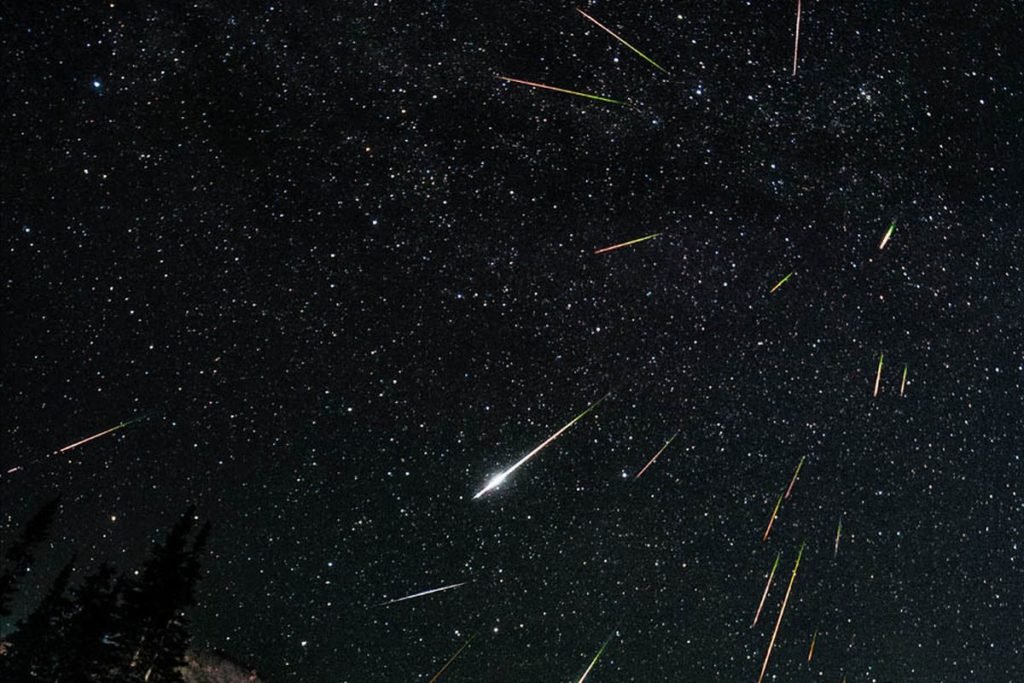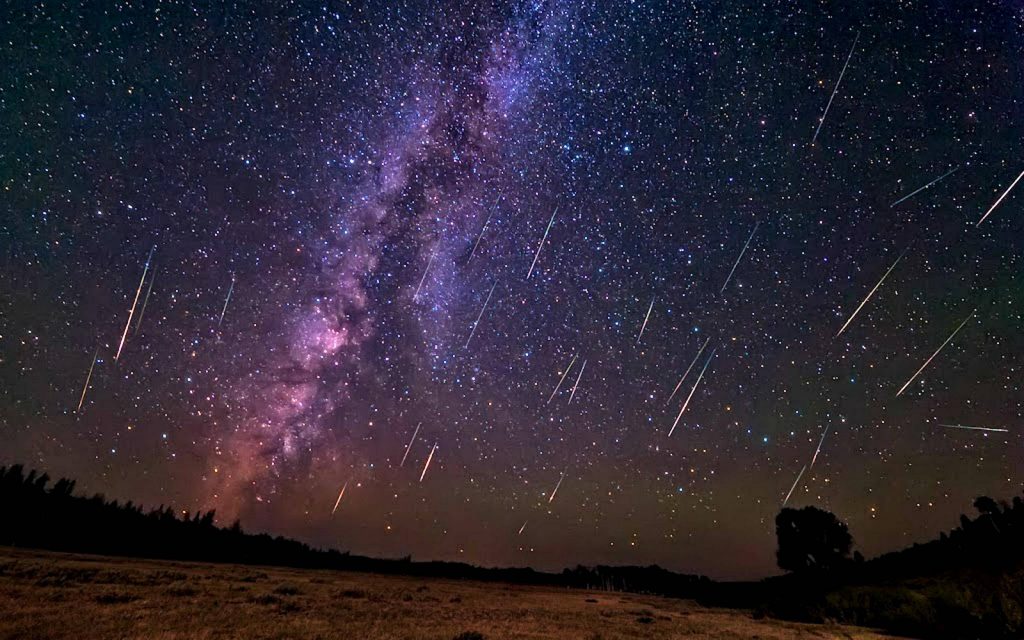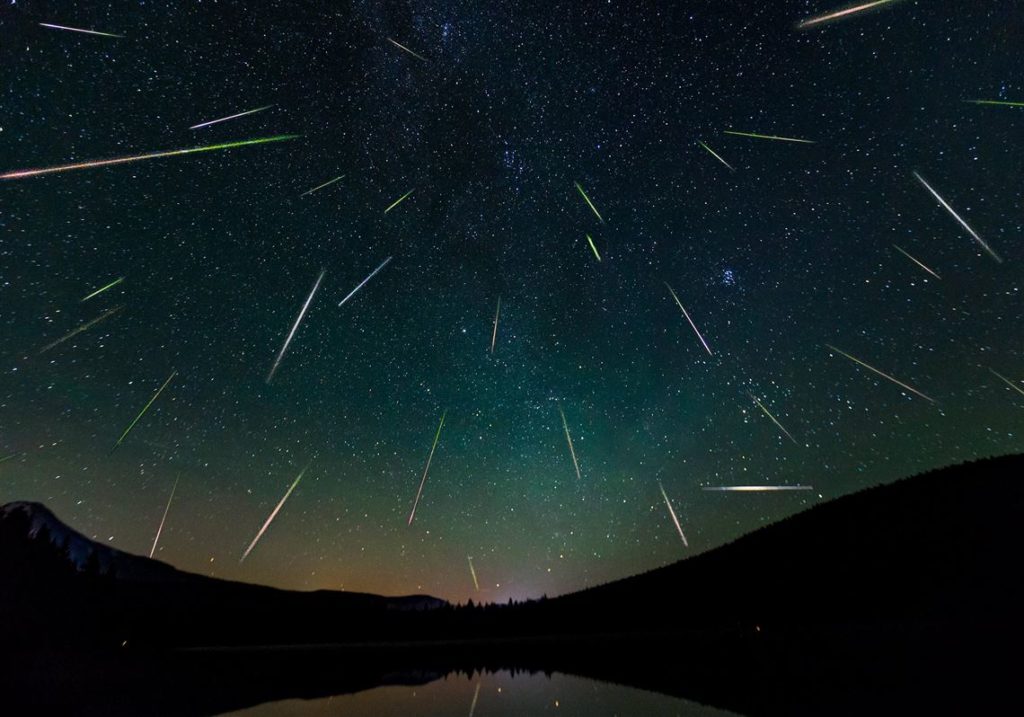Meteor showers and what you need to see one
Have you heard about the meteor showers? or with some lucky, have you seen one under the spectacular darkness of the night? This wonderful phenomenon has its natural explanation, and we are going to tell you when and where you will be able to see the next one this year.
The origin
In the Solar System, there are asteroids, meteoroids, and other cosmic material that due to the gravitational force of the Sun, have the same trajectory year by year, as well as the planets. First, we have to define some important meanings:
- Asteroid: They are rocky objects smaller than planets, but larger than meteoroids.
- Meteoroid: It is smaller than an asteroid, it can even be a part of it.
- Meteor: When a meteoroid enters the Earth’s atmosphere, it heats up, this is known as a shooting star.
- Meteorite: Most meteors disintegrate upon entering the atmosphere, but if it is large enough, it falls to the Earth and is called a meteorite.
A meteor shower is produced by the detachment of asteroids material, which when it has contact with the Sun, creates a swarm of meteoroids, and when they enter the Earth’s atmosphere the night sky shines.
The meteor shower happens on certain dates of the year and originates from asteroids like Phaeton or constellations like Perseus.
Meteor showers 2020 calendar
Regardless of where you are in the world, these are the dates of the meteor showers that will be most visible soon, the approximate number of meteors that will enter, among some other relevant data. You have to locate exactly the point in the sky where it will be seen, this point is called radiant.
Delta Aquarids
Although it is a small meteor shower, it will have very good visibility from the southern hemisphere.
- When? From July 12th to August 23rd
- Best night: July 30th and 31st
- Number of meteors: 21 meteors per hour
- Origin (radiant): Aquarius constellation
- Visibility in the northern hemisphere: Medium level
- Visibility in the southern hemisphere: Good level
Perseids
It is considered one of the best meteor showers since it is seen in both hemispheres and about 110 meteors per hour fall! It will be a brilliant night.
- When? From July 17th to August 24th
- Best night: August 12th and 13th
- Number of meteors: 110 meteors per hour
- Origin (radiant): Perseus constellation
- Visibility in the northern hemisphere: Good level
- Visibility in the southern hemisphere: Good level
Geminids
Some astronomers consider it as “The queen of the meteor showers”, since about 120 meteors per hour fall. You have to see it this year!
- When? From December 4th to 17th
- Best night: December 13th and 14th
- Number of meteors: 120 meteors per hour
- Origin (radiant): Gemini constellation
- Visibility in the northern hemisphere: High level
- Visibility in the southern hemisphere: Medium level
You don’t need any professional equipment to see one, you just need to move away from light pollution, and considerate a few hours after midnight and 2 or 3 hours before sunrise, it is the best moment!
Now, take a break with this sparkling moment! —or to the rythm of the sea.









1 Comment
온라인 룰렛
5 years agoBest view i have ever seen !